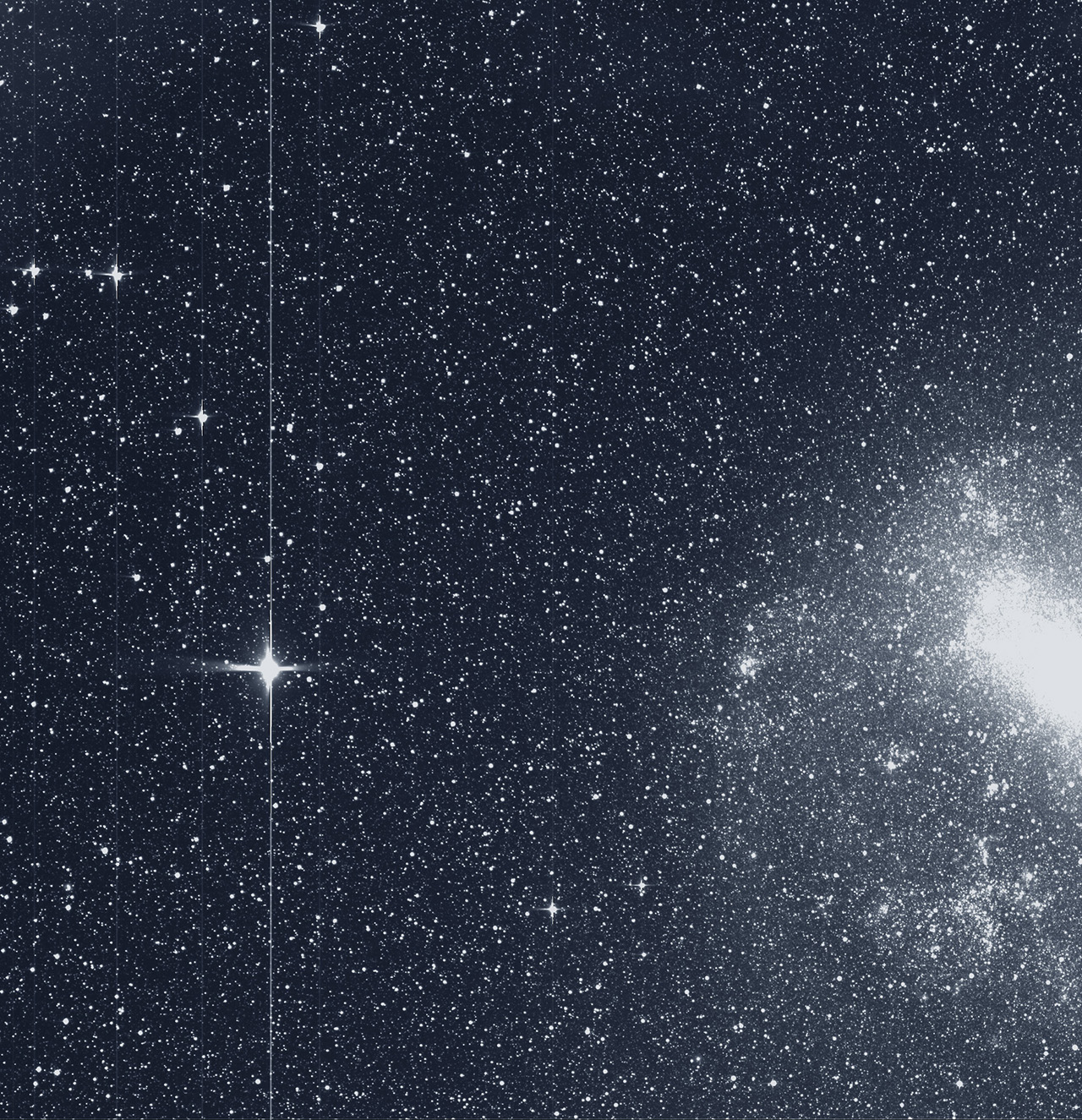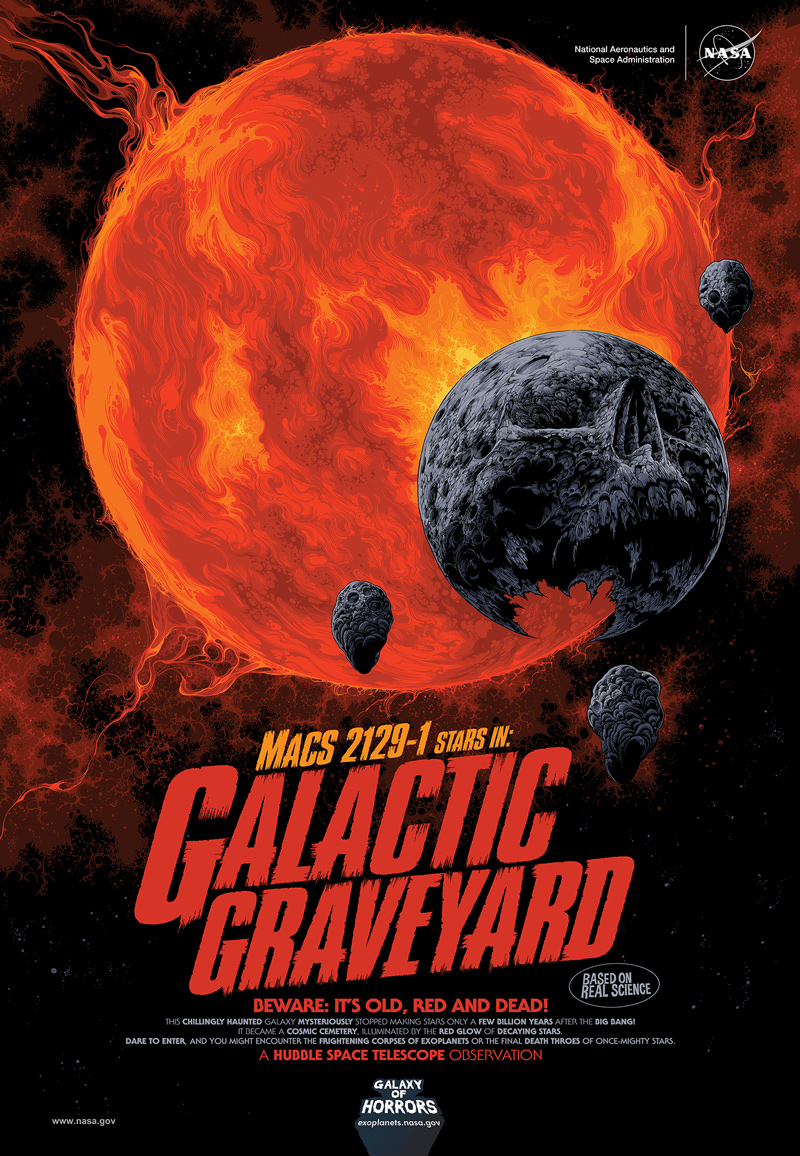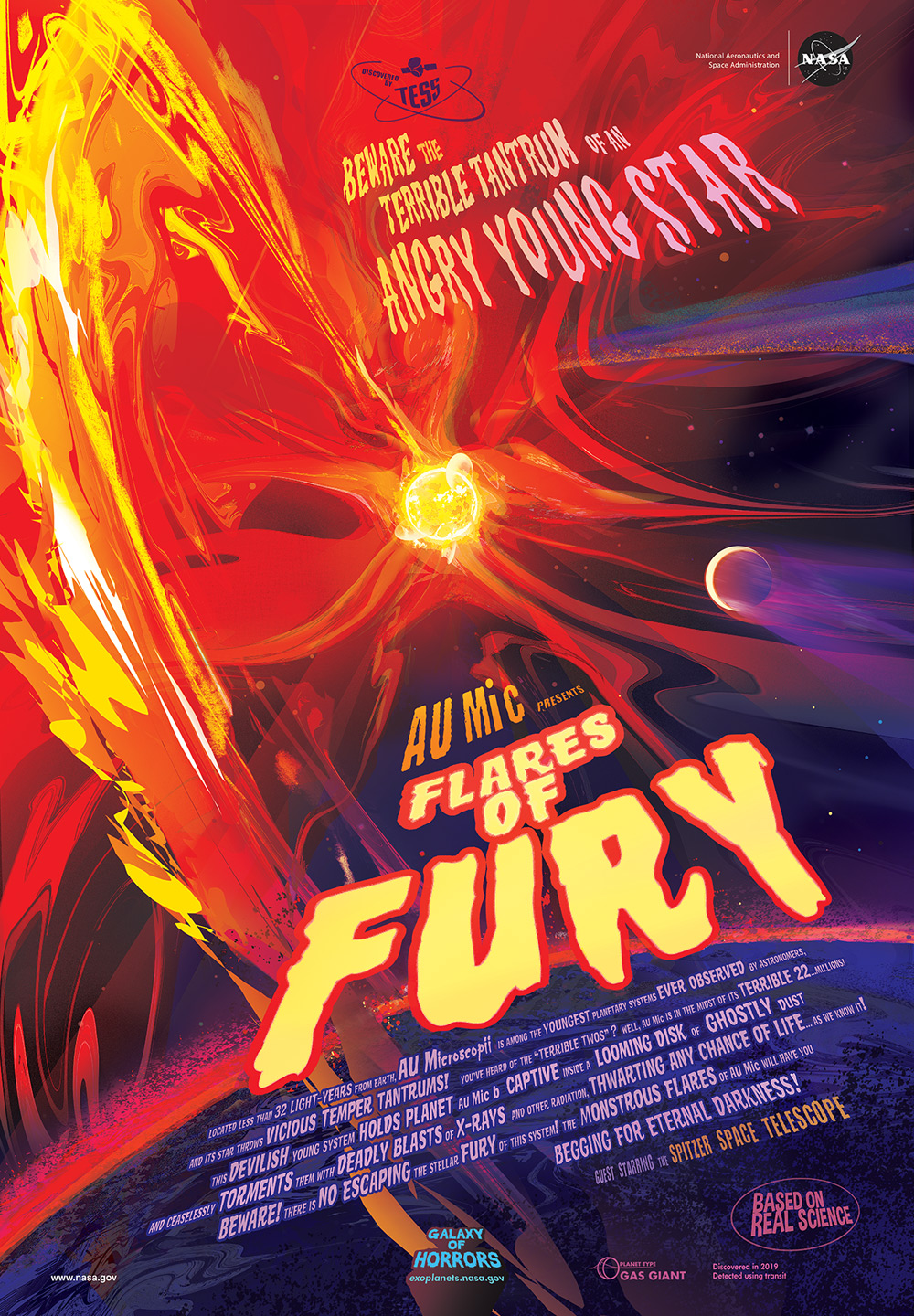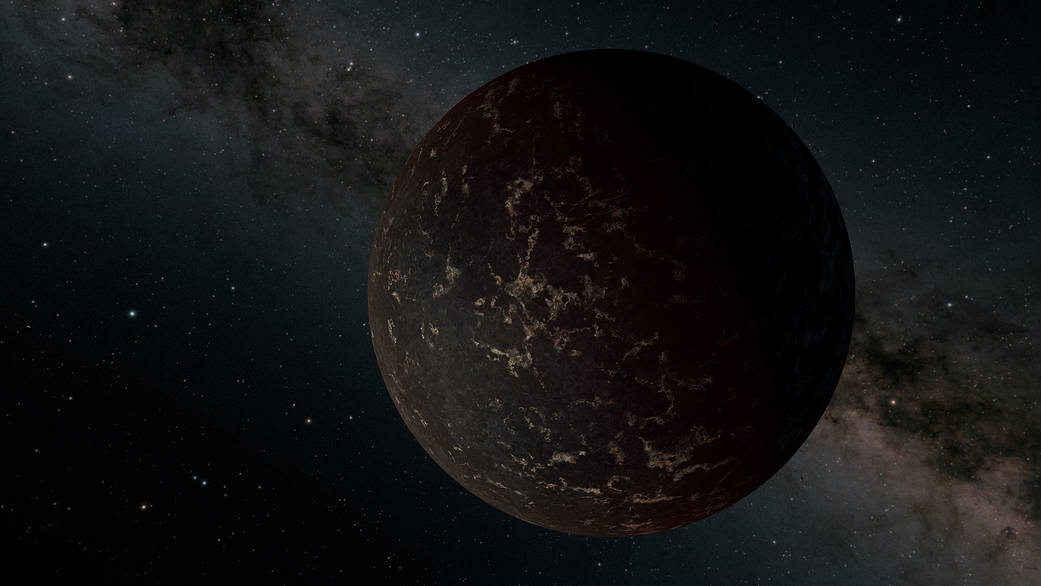Please note that TESS entered into safe mode on April 8, which resulted in the temporary interruption of science observations. The spacecraft is in good health and the team is investigating the issue. You can find more information here.
To see how the interruption may affect your science targets, you ...
More »






